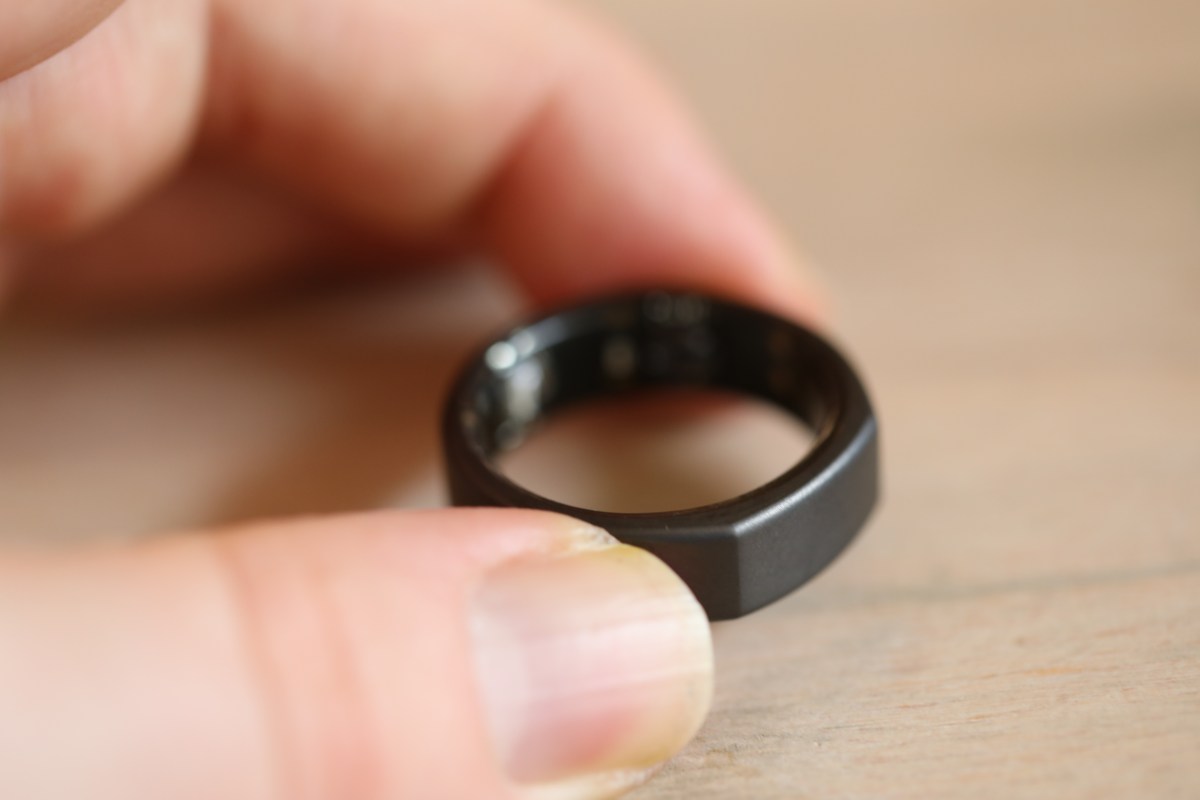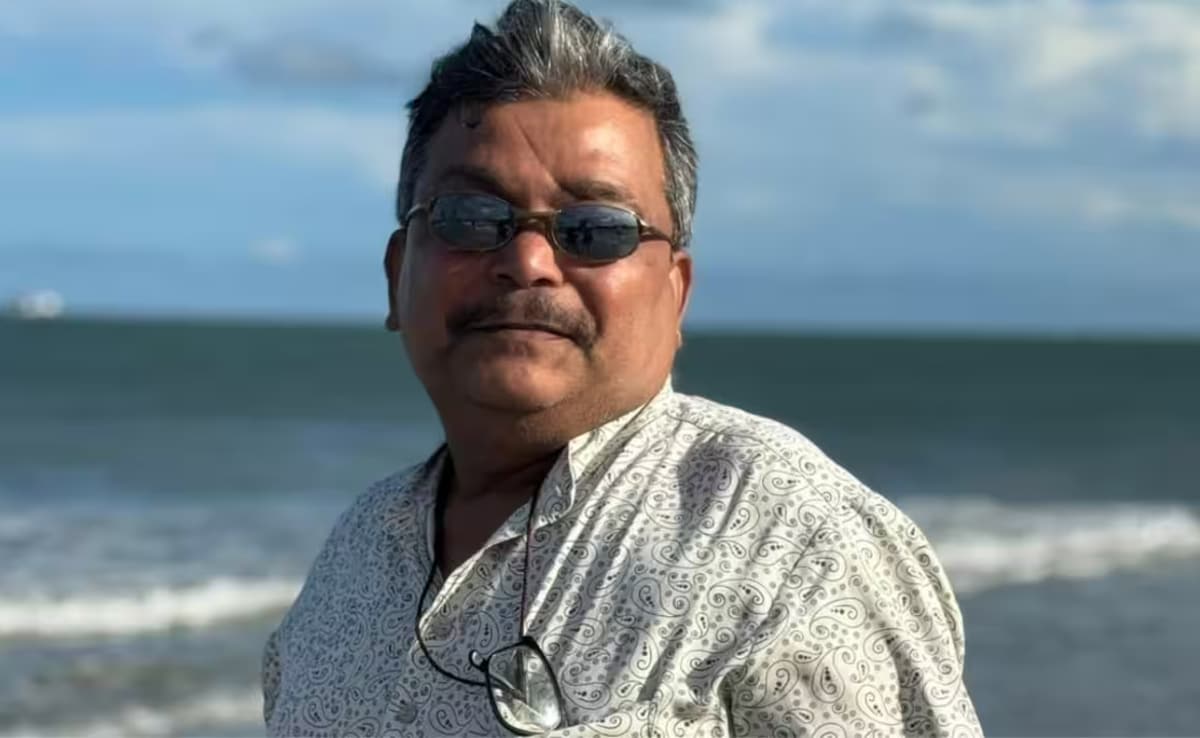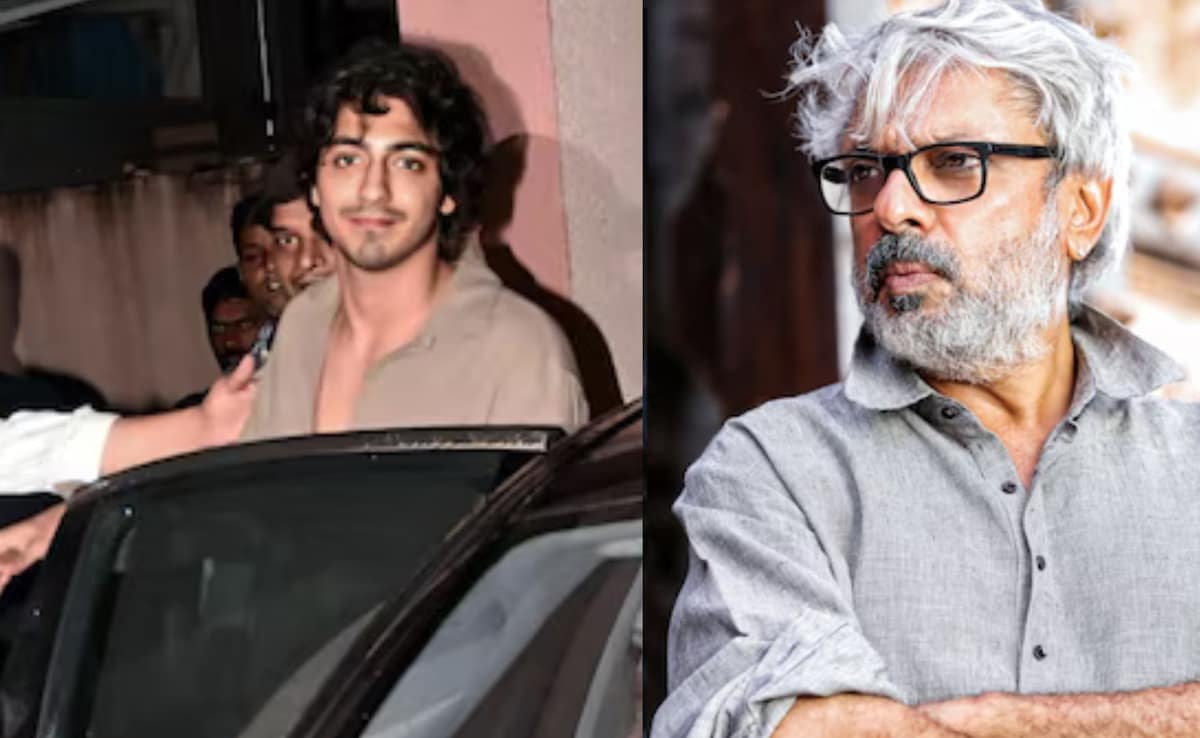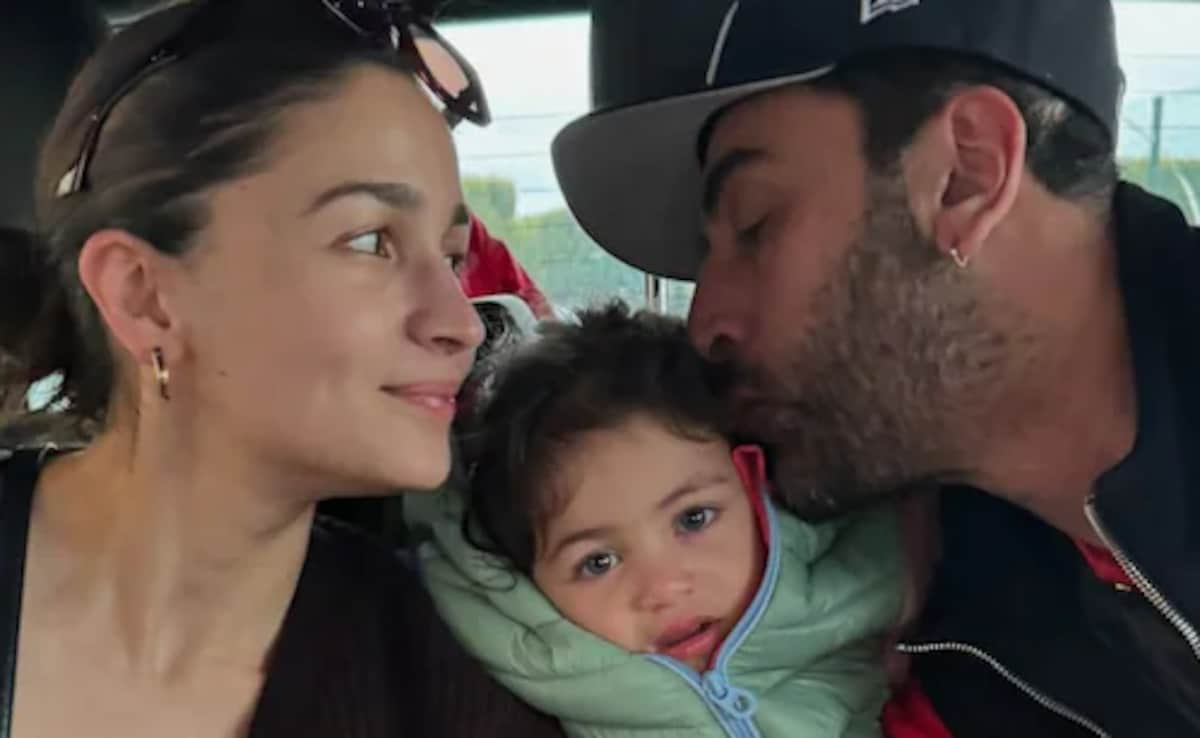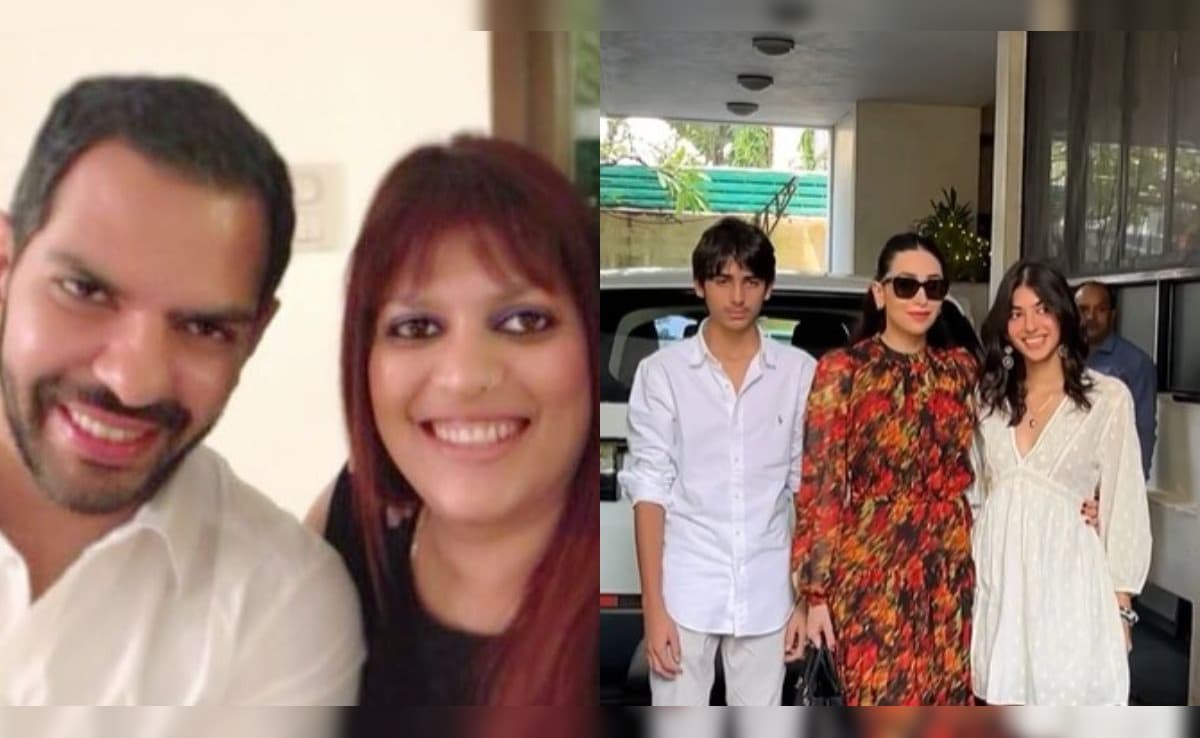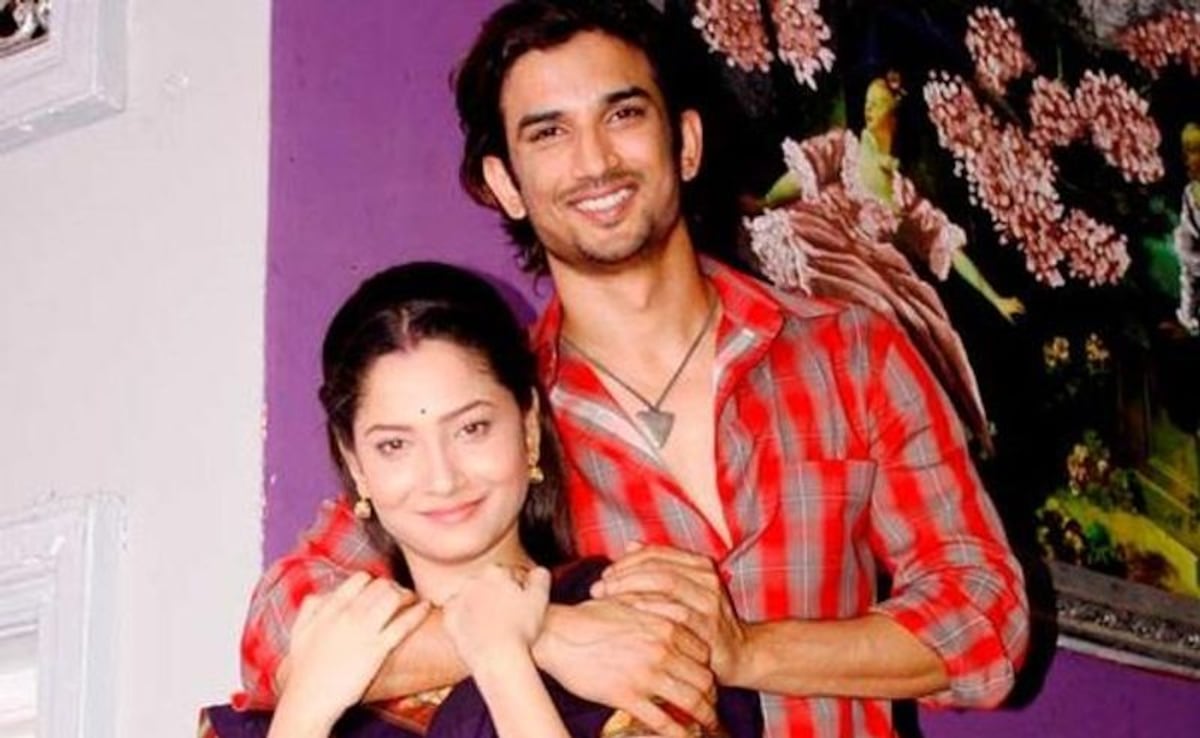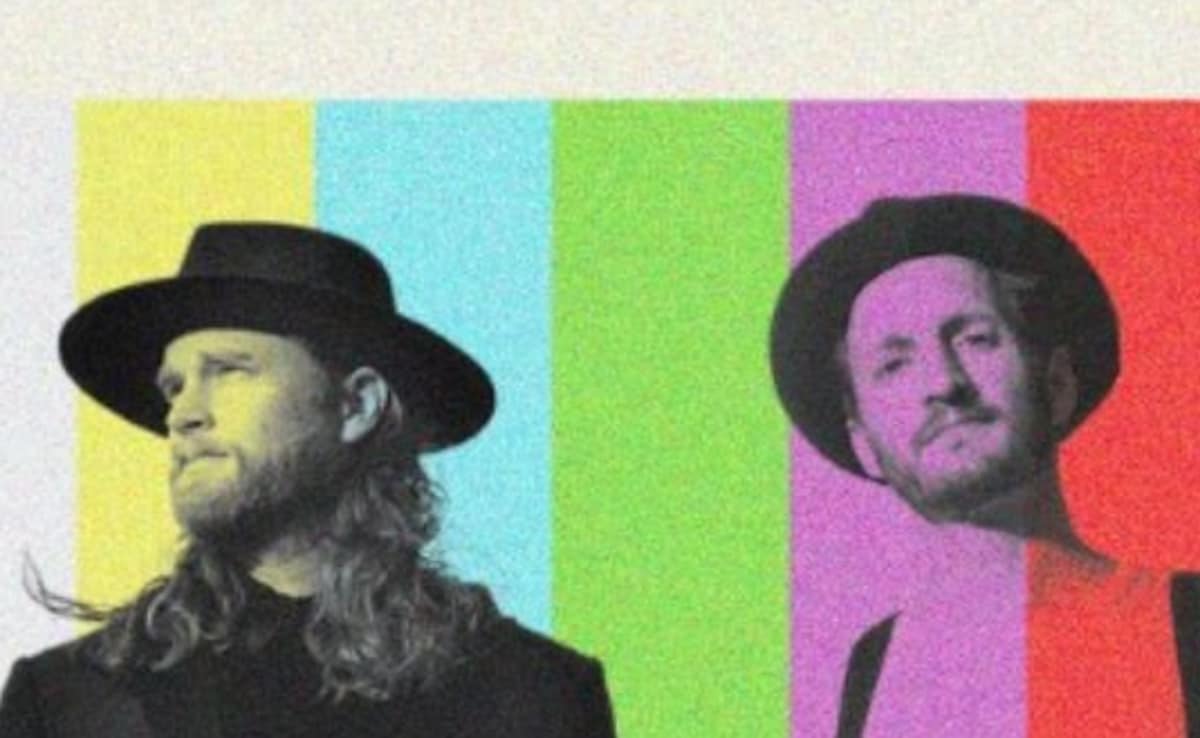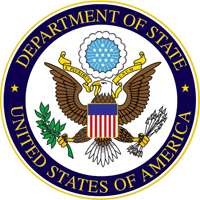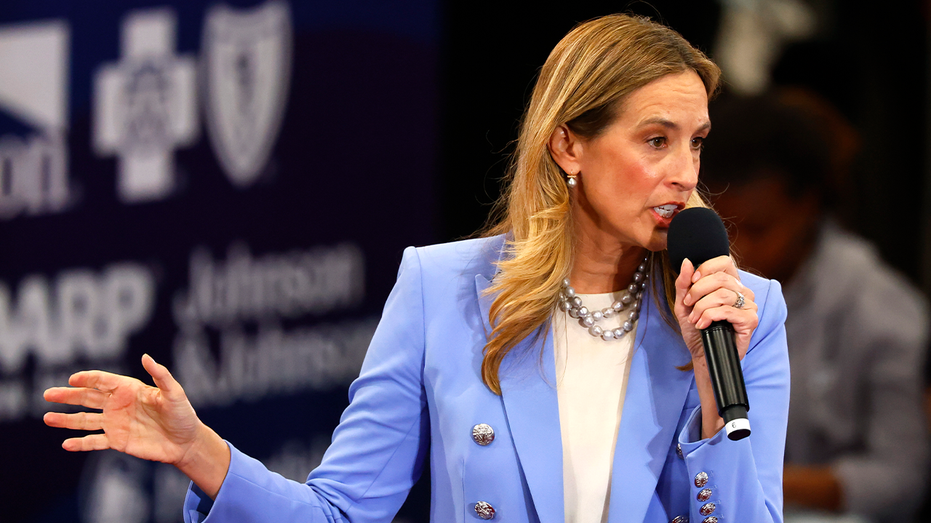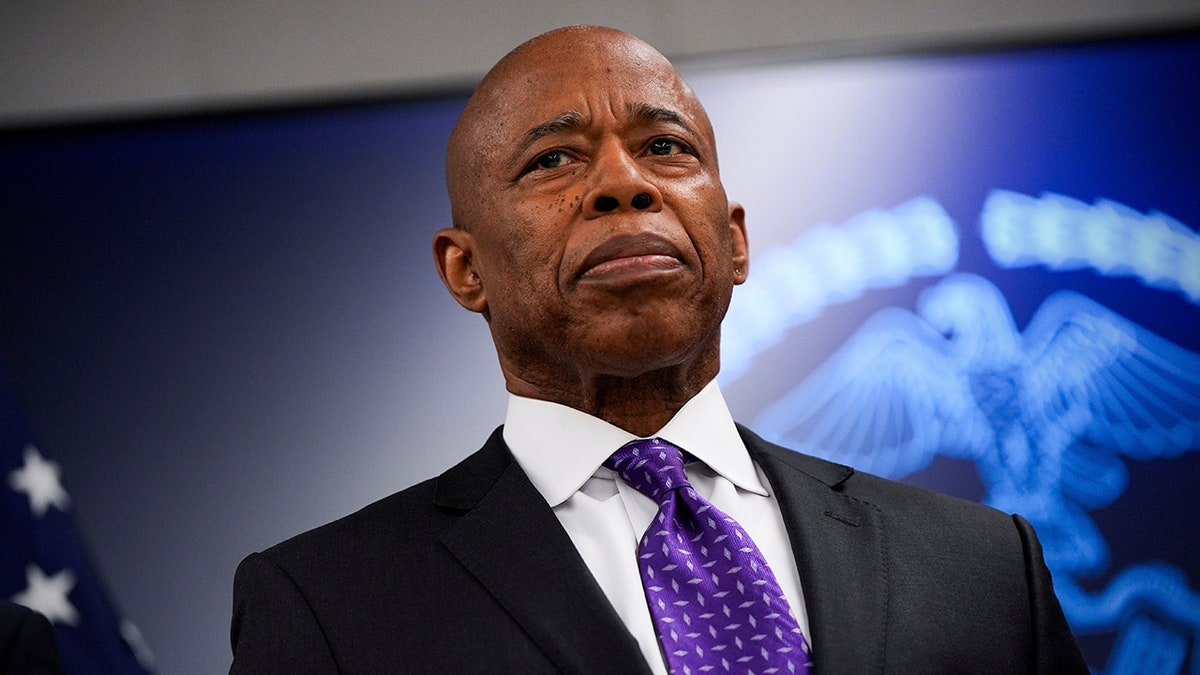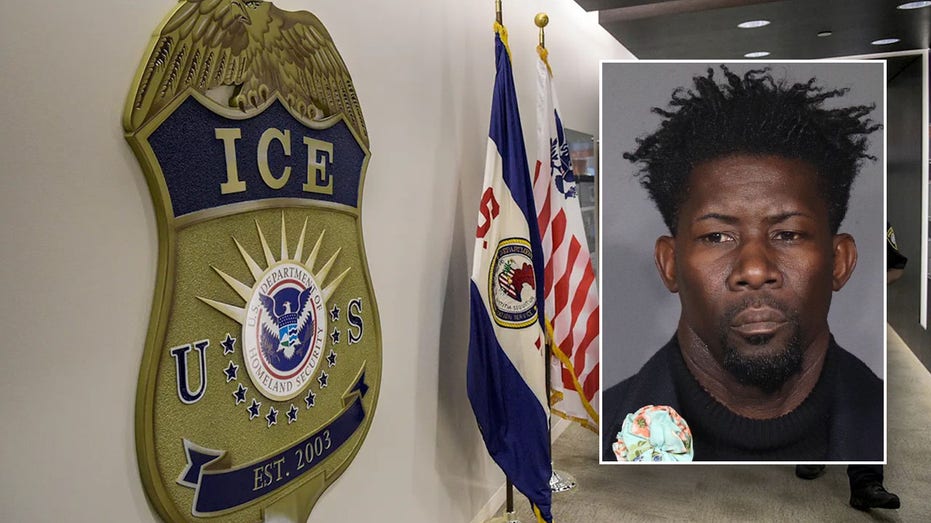The Current wants other local publishers to steal its event ideas

St. Louis — When Christiaan Mader co-founded The Current Media in 2018 as a scrappy local news nonprofit for Lafayette, Louisiana, he didn’t envision events playing a big part in organizational strategy. In hindsight, he said, he should have.
At a panel for LION’s Independent News Sustainability Summit in St. Louis this month, Mader shared some of The Current’s lessons learned establishing two successful annual events that ended up benefiting the small news outlet’s brand, revenue, and partnerships. One is an awards show celebrating local unsung heroes; the other is a multi-track summit where leaders from mid-sized communities across the United States can exchange ideas for tackling key civic issues. Mader answered questions from moderator Jennifer Mizgata, who helped him develop the latter event through LION’s sustainability lab on unlocking revenue barriers.
“If there’s an idea here that you like, you are welcome to it, just take it – do it in your town,” Mader told panel attendees. “There really aren’t that many styles of events that you can do, and it’s okay to just sort of copy.”
Limits on money, time, and people, Mader acknowledged, can make events seem impossible on top of the lift required for the bread and butter of reporting — not to mention the risk that people won’t show up. Events are “expensive and terrifying,” he said. That’s how he felt in the organization’s early days as The Current’s only full-time employee operating in a community of 120,000 and a parish of about 200,000. (The organization has come a long way; a few days after the conference, The Current announced it would become part of the Deep South Today network, joining the network’s newsrooms in Mississippi and New Orleans while preserving its independent brand.)
But, Mader insisted, the dividends events pay are worth overcoming those hurdles. “We’re all deadline-oriented people,” he said. “The first step in all of it has been to put the damn thing on the calendar to make it happen.”
Since taking that initial leap, The Current’s two (very different) flagship events “have become really important parts of what we do as a news organization,” Mader said. “We started as an agency thinking of ourselves as feisty investigative journalists, and now we’re just feisty investigative journalists who also produce two events.”
Undercurrent Awards: A “celebration of ordinary folks that make your community really special”
The seed for The Current’s first major event was planted when Mader was recognized as a “20 Under 40” honoree by a local newspaper — which almost immediately asked him to buy a table for the awards ceremony. It gave him the idea for a local recognition event “that has a broader, more accessible community appeal.”
Around the same time, a Lafayette local, Kevin Ardoin, had started a farmer’s market in a local food desert. After The Current covered him, Mader found himself wondering, “Where’s that guy’s award?”
“I was like, oh, that’s it — that’s a hook,” he said. The concept for the Undercurrent Awards was established. It honors people who are unsung heroes in “a celebration of these more, for lack of a better word, ordinary folks that make your community really special,” with an event structured as “everything that 20 Under 40 was not.” That meant making it “more of a community party” than a table event; affordable tickets (in 2021, the event’s first year, The Current charged $20-25, which included alcohol and food); investing in “making sure people had a good time”; and keeping the group of honorees small, around five people. Awardees are selected from community nominations; typically, The Current receives more than 100 submissions, which, factoring in duplicates, total about 70 nominees, Mader said.
Food was the key element that got people in the door. The honorees themselves brought friends and family, people who might not be part of The Current’s existing audience. David Begnaud, a national CBS reporter who has hosted the Undercurrent Awards, was also a draw.
This event, Mader explained, is more of a brand builder than a revenue generator; while the budget has grown significantly, expenses have risen proportionately. This year, “we spent a lot more; we made a lot more, but the margin wasn’t there,” Mader said.
The Current has experimented with ways to expand its reach, including a specialty magazine in 2024. The news outlet was already doing lots of coverage and photography of its awardees. Compiling them into a magazine form was a natural next step and “a really good platform for sales,” Mader said. Magazine and event sponsorship can be bundled, and there are opportunities for barter, like running an ad for a local wine shop in exchange for a case of wine at the event.
“Magazines are still really good marketing,” Mader said. “If we print 6,000 of these and we put them in doctors’ offices and coffee shops…there’s just name recognition that, weirdly, you don’t get out of digital.”
This year, The Current branched out with a more ambitious experiment: A 30-minute, documentary-style broadcast package about the honorees. While that project quadrupled the event’s budget and was challenging to put together, Mader credited Begnaud with encouraging The Current to get in front of a local TV audience, with the idea that this would expand the event’s reach well beyond its 200-capacity theater where it’s held live. Mader convinced the local CBS, ABC, and NBC affiliates to air the special.
Mader said calling the winners of the awards is “the best thing I get to do all year.” But, he added wryly, a common response to him announcing The Current wants to give them an award is, “Oh, man, I can’t believe this!” Then: “What’s The Current?”
That exchange, though, exemplifies why these awards are such a brand builder for the news organization. The awards are “a way of presenting The Current to the wider community…if they’ve never heard of you, this is a very soft edge to show them,” Mader said.
The event has shaped The Current’s coverage and social presence, making it more intentional about profiling the kinds of people that are honored through the awards alongside its heavier investigative reporting. “People get a sense that, ‘oh, The Current does lots of stuff,’” Mader added. “Like, ‘yeah, they make the mayor really mad, but they also highlight that person.’”
Big Towns: A summit for mid-sized cities
In 2024, The Current launched an event on a totally different scale: Big Towns. The event is a summit for leaders from mid-sized cities — think Springfield, Ohio; Chattanooga, Tennessee; and Lexington, Kentucky — to come together to discuss social challenges and solutions. The summit features speakers across topics including workforce, planning, health, the arts, and journalism. (Nieman Lab’s Joshua Benton spoke at Big Towns last year.) Mader said he “stole” the idea for Big Towns from Radically Rural, an annual conference in Keene, NH for rural communities.
Big Towns, Mader acknowledged, is in many ways a “very odd creature” – it’s a national-scale event hosted by a hyperlocal news organization. But it’s also The Current’s most profitable event, and it’s now annual.
Because Big Towns’ national audience is so different from the audience for The Current’s local journalism, the team is still figuring out how best to market the event. Mader encouraged other publishers to budget for outside marketing. “Journalists [are] good at communication through writing, but it is a different skill set to figure out how to market an event,” he said.
Partners are integral to making Big Towns happen, Mader said. The event’s scale and scope, he added, have made it “a pathway for us to connect with institutional partners that we otherwise would not have.” The Current co-hosts the event with the United Way of Acadiana, whose support includes volunteers, a critical resource given The Current’s small staff. Mader said one important takeaway from Big Towns for The Current was to let go of “the sense that you have to own the event and get all of what it earns for you.” You might own the revenue it generates, if your organization is putting the most in, but “be okay with it being something that’s detached a little bit from your brand,” especially if the partnership and shared ownership is still allowing your news outlet to reach a new group.
What are the elements of a good event?
- “Don’t shortchange people.” Attendees will notice if it’s not fun! Mader also spends time perfecting details like event logos. Be “pathologically aggressive” about making sure your event “looks great [and] feels great.”
- Spend more money than you want to on marketing early on. Part of the key to event success is preserving sponsor relationships. That means making them “feel like their money is worth something,” Mader said. A PR or publicity person can think about this and help make it happen, whether that’s through a VIP meet-and-greet for sponsors, or ensuring the talent say hello more informally. “Think about all the touch points that go into making the event successful not just for the people you’re inviting to attend, but also the people who have actually put money into it.”
- A full-time operations staffer is key. None of The Current’s event success “would have been possible without our operations person on staff,” Mader said. Johanna Divine, the outlet’s general manager, was one of Mader’s first full-time hires. The scale and frequency of The Current’s events, he said, are a testament to a successful business operations hire.
More ideas to steal, and where to start
Mader mentioned several other smaller-scale events targeted at members where The Current has experimented. Among those: a reverse town hall, where voters are onstage in front of candidates for local office; a public records workshop; and a “should I stay or should I go” live journalism event centered around the city’s brain drain problem, “marketed to people who were in that demographic that tends to leave,” where people around ages 25-40 could record their feelings about staying or leaving Lafayette in the long term at iPhone stations over drinks in a local wine shop.
Mader was “stunned” by the reaction to this last event. He’d envisioned wooing young people with free drinks, but “they showed up to talk” and be heard, he said, lining up at the iPhone stations.
He also highlighted a Big Towns spinoff called “Dine Around,” where The Current invites members to lunch and conversation (in August, the topic was the city’s music economy). He described this style of event as a “member investment tool,” and marketed it both to members and to attendees of Big Towns. The Current bought out a local restaurant for the event, and a sponsor helped cover the cost.
Other publishers in the audience shared creative events ideas and successes of their own, including a wedding and quinceanera expo; local book clubs; a Local Heroes event similar to the Undercurrent Awards; and ideas for education and summer camp fairs.
To get started, Mizgata suggested a few guiding questions for a news org to ask themselves:
- What events aren’t happening in your town?
- What’s your newsroom’s biggest need?
- Who do you need to reach?
- Who can you partner with?
- What’s really stopping you?
What's Your Reaction?
 Like
0
Like
0
 Dislike
0
Dislike
0
 Love
0
Love
0
 Funny
0
Funny
0
 Angry
0
Angry
0
 Sad
0
Sad
0
 Wow
0
Wow
0













